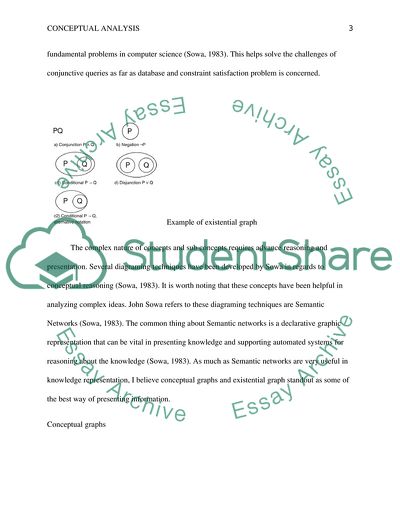Cite this document
(Conceptual Structure and Existential Graph Assignment Example | Topics and Well Written Essays - 2250 words - 2, n.d.)
Conceptual Structure and Existential Graph Assignment Example | Topics and Well Written Essays - 2250 words - 2. https://studentshare.org/information-technology/1817204-conceptual-analysis
Conceptual Structure and Existential Graph Assignment Example | Topics and Well Written Essays - 2250 words - 2. https://studentshare.org/information-technology/1817204-conceptual-analysis
(Conceptual Structure and Existential Graph Assignment Example | Topics and Well Written Essays - 2250 Words - 2)
Conceptual Structure and Existential Graph Assignment Example | Topics and Well Written Essays - 2250 Words - 2. https://studentshare.org/information-technology/1817204-conceptual-analysis.
Conceptual Structure and Existential Graph Assignment Example | Topics and Well Written Essays - 2250 Words - 2. https://studentshare.org/information-technology/1817204-conceptual-analysis.
“Conceptual Structure and Existential Graph Assignment Example | Topics and Well Written Essays - 2250 Words - 2”. https://studentshare.org/information-technology/1817204-conceptual-analysis.


